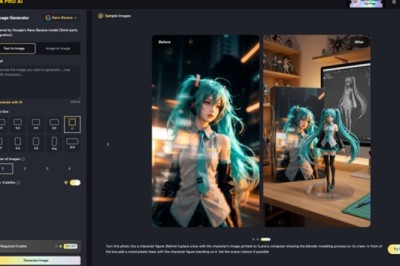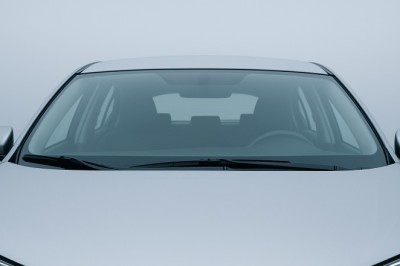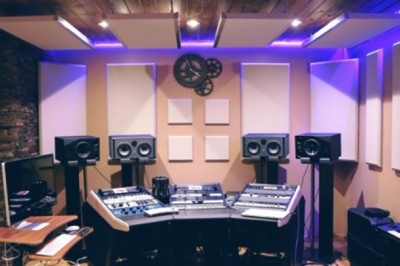views
Emergency vehicle lights play an important role in keeping the public safe. These vehicles are used for many different purposes, including police, firefighting, ambulance, and for national security emergency purposes. Every country has their own set of rules when it comes to the types of emergency lights and colors they use. If you are moving to live in the UK it would be a good idea to become familiar with those used there, so here is a short guide to emergency vehicle lighting within the UK.
Emergency Vehicle Lights in the UK
In the United Kingdom, the most common color for emergency lighting is blue. According to the Road Vehicles Lighting Regulations 1989, only certain emergency vehicles are allowed to use blue lights, and they can only be used to inform people about a road hazard, to make people aware of their presence, in response to an emergency, and during an emergency. It is illegal for all other vehicles to have a flashing blue light. Emergency vehicles use different types of lights, such as rotating beacons, light bars and directional warning lights to convey a message of urgency.
Qualifications
No specific qualifications are required to use blue lights; however, drivers must undergo specific training to drive certain emergency vehicles. For instance, within the police force, there are 3 grades of police driver. Each level gives an indication of what a police officer can do in a police vehicle.
Emergency Beacon Lights
Emergency beacon lights are used in a variety of settings, and are operated to inform, warn and notify members of the public of various circumstances and their surroundings. When it comes to emergency vehicles with their emergency blue lights on, it is important for other people driving on the road to make way. When you see blue lights, it is time to make room for emergency vehicles.
The Use of Different Colored Lights
Blue lights
In the United Kingdom and Europe, blue is the most common color for emergency vehicles. It is arguably easy to see from afar, and it is easy to spot when it gets dark. Static blue lights are used solely by police vehicles, while flashing blue lights are used by the police, ambulances, fire engines, the Forestry Commission, the HM Coastguard, Coal Authority for mine rescue, the National Blood Service or Scottish National Blood Transfusion Service, mountain rescue and RNLI lifeboat launching vehicles. A flashing blue light can also be used by HM Revenue and Customs in specific circumstances.
Amber Lights
Amber lights can be used by National Highways traffic and Driver & Vehicle Standards Agency officers to stop another vehicle. Besides these instances, amber lights are used to alert people to the vehicle’s presence. Many different vehicles can use amber lights. They include highway maintenance vehicles and abnormal load escort vehicles – such as those accompanying a wide load down a motorway.
Green Lights
Flashing green lights indicate that the person driving is a doctor. However, volunteer doctors or those employed by ambulance services as first responders may carry a green light and a blue light, or just a blue light in their vehicles.

























Comments
0 comment